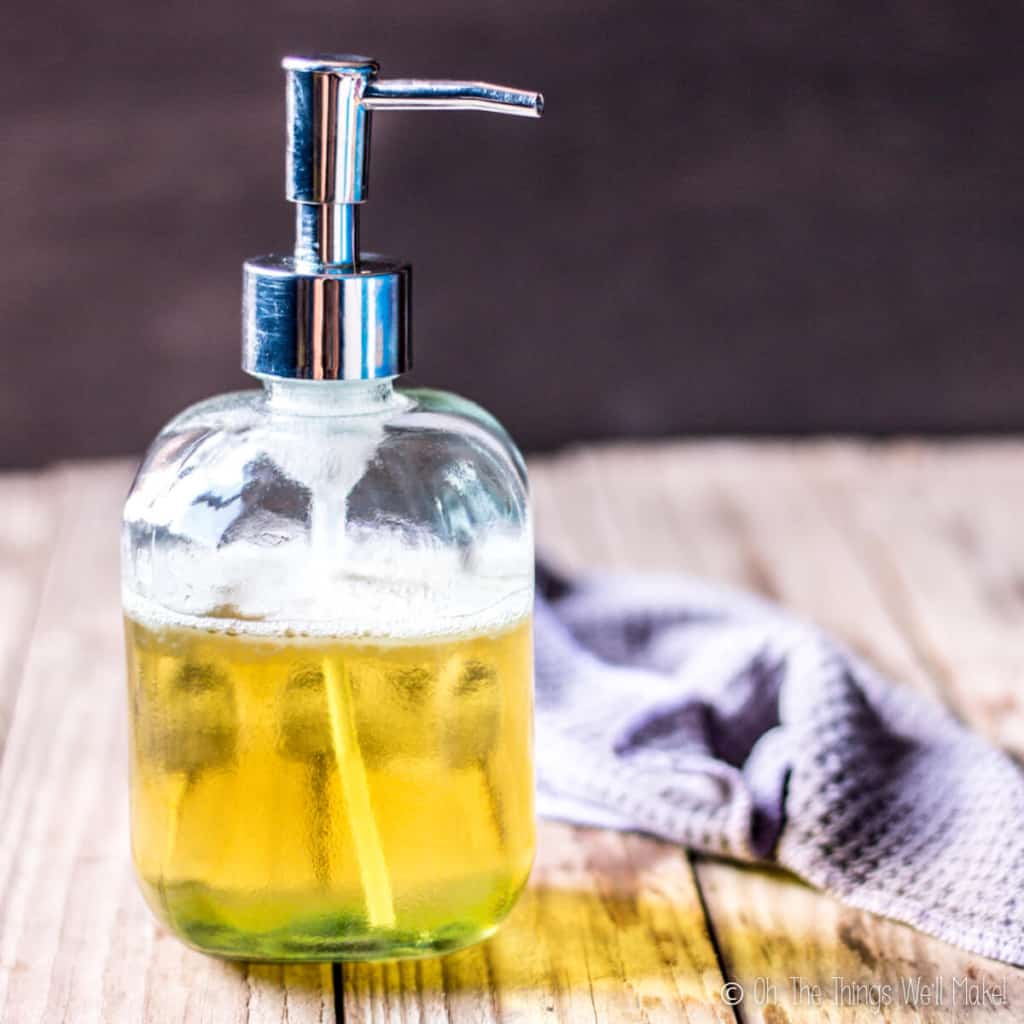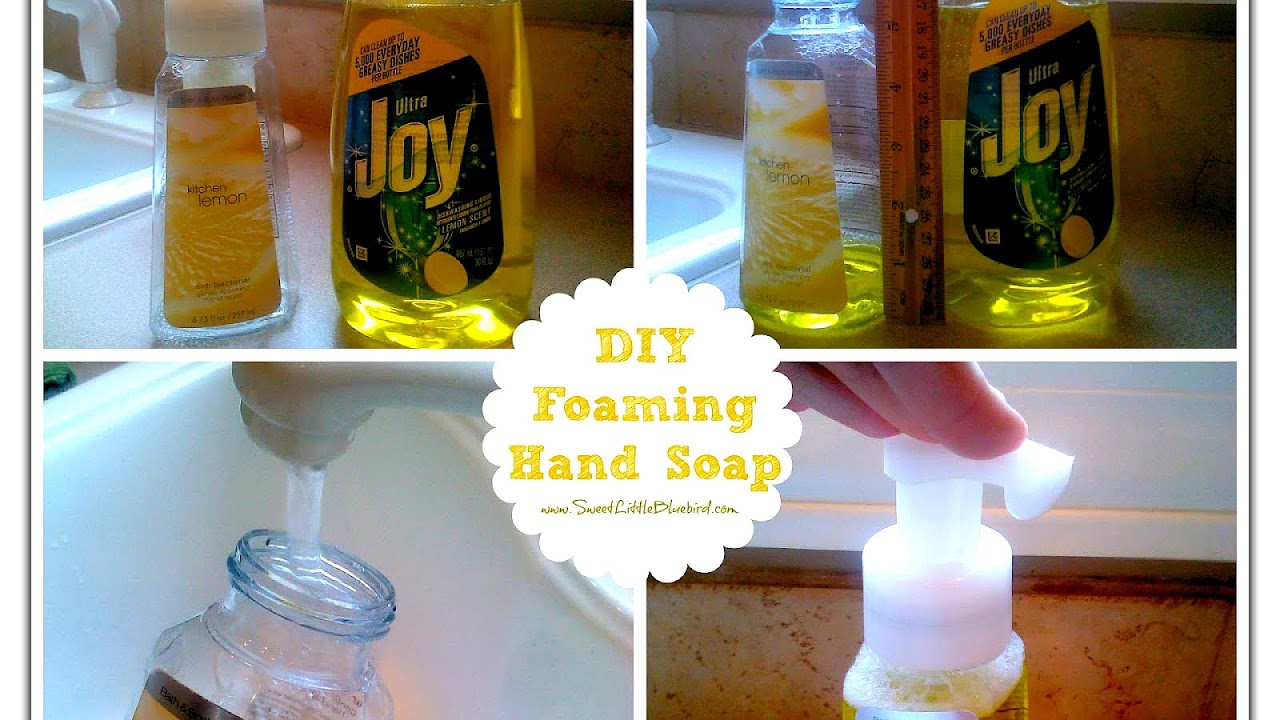Indulge in the art of crafting your own liquid bath soap, a luxurious and practical addition to your daily routine. With a few simple ingredients and techniques, you can create a personalized soap that nourishes your skin and elevates your bathing experience.
From understanding the functions of each ingredient to mastering advanced soapmaking techniques, this comprehensive guide will empower you to create liquid bath soaps that are not only effective but also aesthetically pleasing. Embark on this journey of self-care and creativity, and discover the joy of crafting your own bathtime essentials.
Soap Ingredients and Their Functions
Liquid bath soap recipes involve a combination of ingredients that play specific roles in creating the desired product. Understanding these ingredients and their functions is essential for formulating a balanced and effective soap.
The table below provides an overview of common ingredients used in liquid bath soap recipes, along with their functions and recommended percentages for a balanced formula:
| Ingredient | Function | Recommended Percentage |
|---|---|---|
| Water | Solvent, base for the soap | 60-80% |
| Surfactants | Create lather, cleanse skin | 15-25% |
| Emulsifiers | Stabilize the mixture, prevent separation | 1-5% |
| Thickening agents | Increase viscosity, improve texture | 1-5% |
| Preservatives | Prevent microbial growth | 0.5-2% |
| Fragrances/Essential oils | Provide scent, therapeutic benefits | 0.5-2% |
| Additives | Enhance skin feel, provide additional benefits | Varies depending on additive |
The specific ingredients and their proportions will vary depending on the desired properties of the soap, such as lather, cleansing ability, and skin feel. For example, using a higher percentage of surfactants will create a soap with more lather, while a higher percentage of thickening agents will result in a thicker soap.
Recipe Formulation and Variations
Crafting a liquid bath soap recipe involves several key steps. First, dissolve lye in water to create a lye solution. Then, slowly add the lye solution to melted oils or fats, stirring continuously to saponify them. Once saponification is complete, add water, essential oils, and other desired additives.Recipe
variations can be made to achieve different outcomes. For example, adding different essential oils will create various scents. Using different types of oils or fats will alter the texture and foaming properties.
Soapmaking Equipment and Techniques

Crafting liquid bath soap involves employing specific equipment and mastering effective techniques. Understanding the appropriate tools and methodologies will ensure a successful soapmaking experience.
Essential Equipment
To embark on your liquid bath soap-making journey, it is imperative to gather the following essential equipment:
- Safety Gear: Gloves, safety glasses, and a mask to protect yourself from potential irritants.
- Measuring Tools: Accurate scales and graduated cylinders for precise ingredient measurement.
- Mixing Containers: Heat-resistant glass or stainless steel bowls for mixing and blending ingredients.
- Stirring Utensils: Hand stirrer, whisk, or electric mixer for thorough ingredient incorporation.
- Dispensing Containers: Bottles or pumps for convenient storage and use of the finished soap.
Mixing and Blending Techniques
The method of mixing and blending soap ingredients significantly influences the final product’s consistency and quality.
- Hand Stirring: A basic technique suitable for small batches, requiring patience and thorough stirring to achieve homogeneity.
- Whisk: A manual tool that allows for faster and more efficient mixing, creating a smooth and consistent soap.
- Electric Mixer: An effective method for large batches, utilizing a paddle or whisk attachment to quickly and thoroughly blend ingredients, resulting in a uniform soap.
Handling and Storage
Proper handling and storage of the finished liquid bath soap are crucial to maintain its quality and longevity.
- pH Testing: Ensure the soap’s pH level is between 9 and 10 using pH strips to prevent skin irritation.
- Preservation: Add a preservative, such as Optiphen Plus, to prevent microbial growth and extend the soap’s shelf life.
- Storage: Store the soap in airtight containers away from direct sunlight and extreme temperatures to preserve its consistency and fragrance.
Advanced Soapmaking Techniques
As you progress in your soapmaking journey, you may want to explore advanced techniques that enhance the properties and aesthetics of your soaps. These techniques involve incorporating essential oils, botanical extracts, exfoliating agents, and creating layered or marbled soaps.
Incorporating Essential Oils and Botanical Extracts
Essential oils and botanical extracts add therapeutic and aromatic qualities to soaps. Essential oils, derived from plants, offer various properties such as antibacterial, antifungal, and mood-boosting effects. Botanical extracts, obtained from plants, roots, or herbs, provide antioxidants, vitamins, and minerals that nourish the skin.
Creating Layered or Marbled Soaps
Layering or marbling soaps involves pouring different colored soap batters into the mold in layers or swirling them together. This technique creates visually appealing soaps with unique patterns and designs. It requires precise timing and careful pouring techniques to achieve desired effects.
Troubleshooting Common Soapmaking Issues
Troubleshooting is an essential part of soapmaking. Common issues include soap separation, poor lather, or uneven texture. Understanding the causes of these issues and implementing appropriate solutions can help you create high-quality soaps consistently.
Final Thoughts

As you delve deeper into the world of liquid bath soap making, remember that experimentation and personalization are key. Don’t be afraid to tweak recipes, add your own creative flair, and explore the endless possibilities that this craft offers. With practice and a touch of inspiration, you’ll master the art of creating liquid bath soaps that are not only cleansing but also a testament to your creativity.
FAQ Section
What are the essential ingredients for a liquid bath soap recipe?
The core ingredients include a surfactant (such as Castile soap or sodium lauryl sulfate), water, and a thickener (such as guar gum or xanthan gum). Additional ingredients may include essential oils, botanical extracts, and exfoliating agents.
How can I customize the scent of my liquid bath soap?
Add a few drops of your favorite essential oils to the soap mixture. Popular choices include lavender, peppermint, and citrus scents.
What are some tips for creating a gentle liquid bath soap for sensitive skin?
Use mild surfactants, such as Castile soap or baby shampoo, and avoid harsh chemicals or fragrances. Consider adding soothing ingredients like aloe vera or oatmeal.
How can I prevent my liquid bath soap from separating?
Ensure that the ingredients are well-mixed and emulsified. Use a blender or immersion blender for thorough mixing. Store the soap in a cool, dark place to prevent separation.
